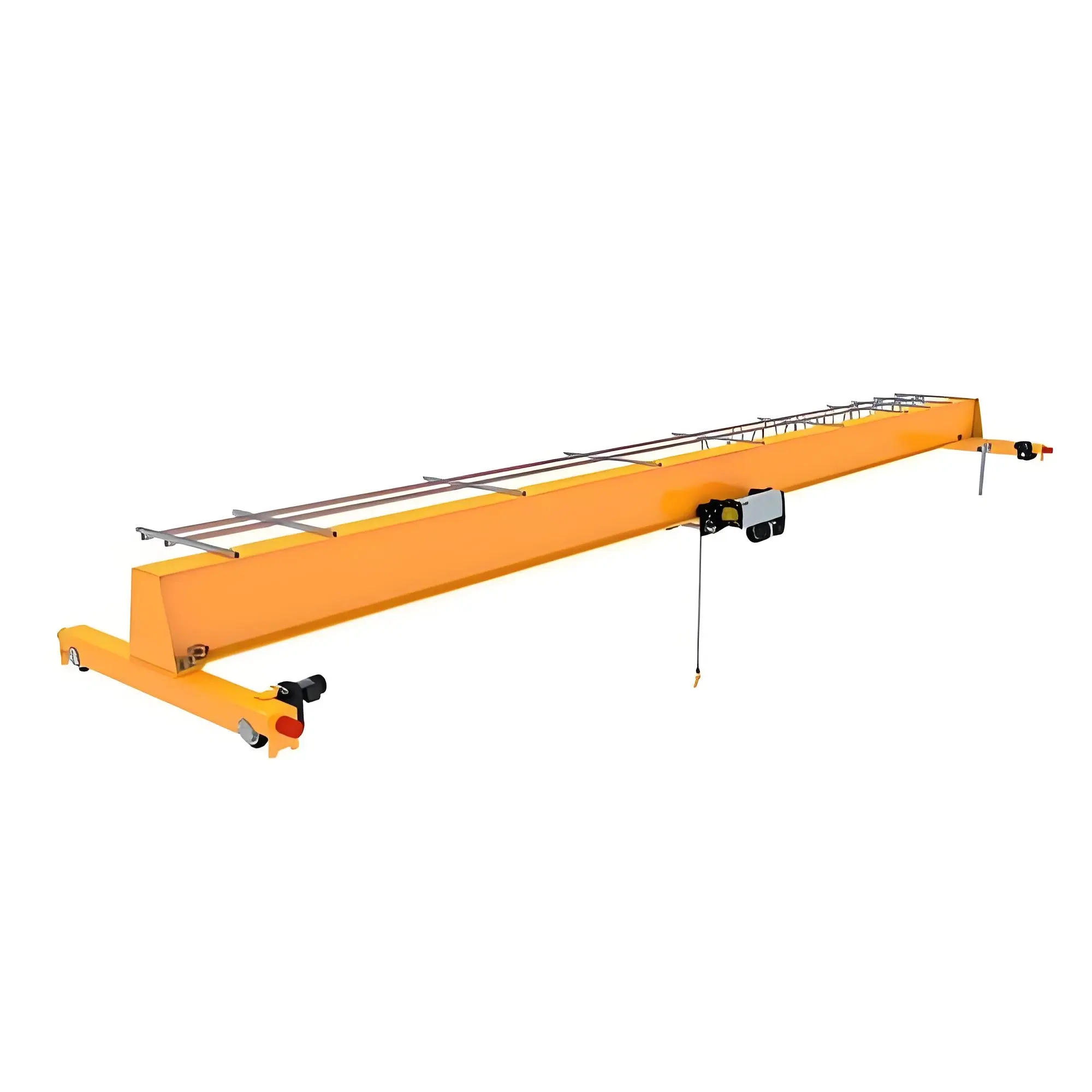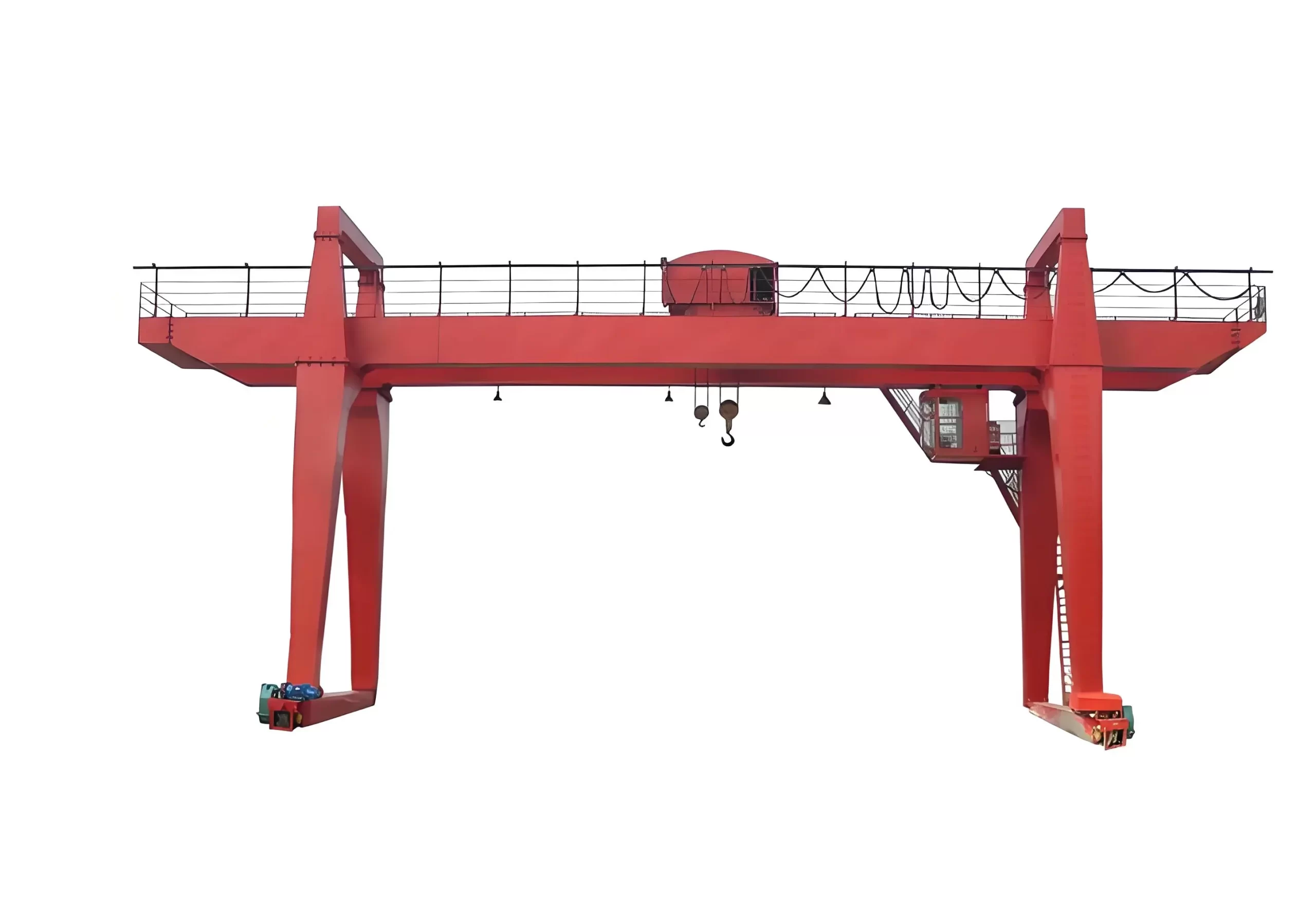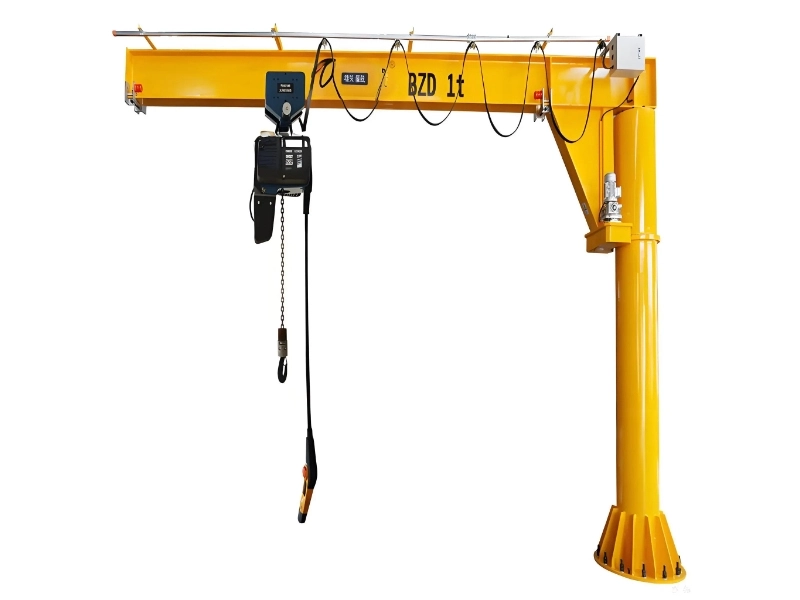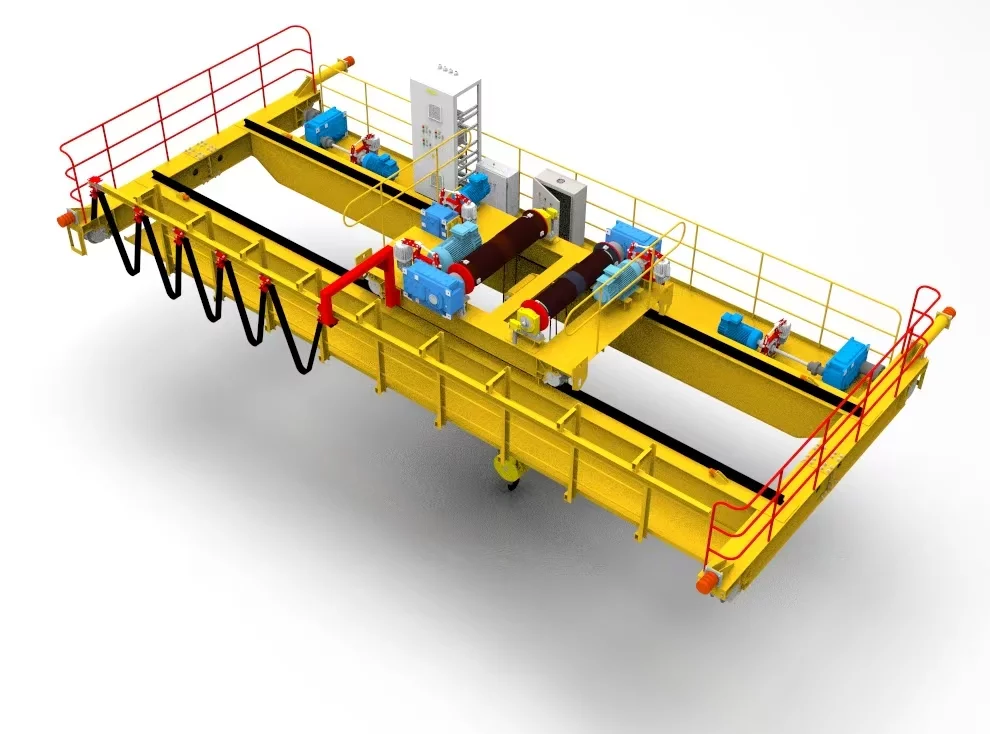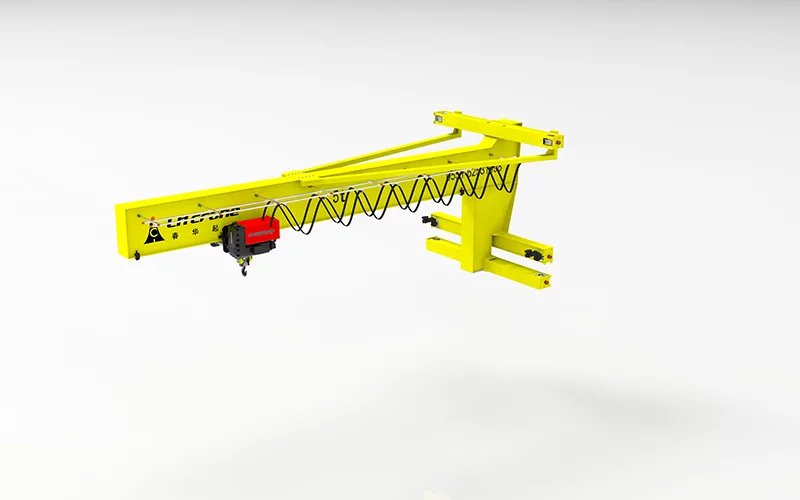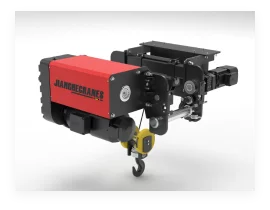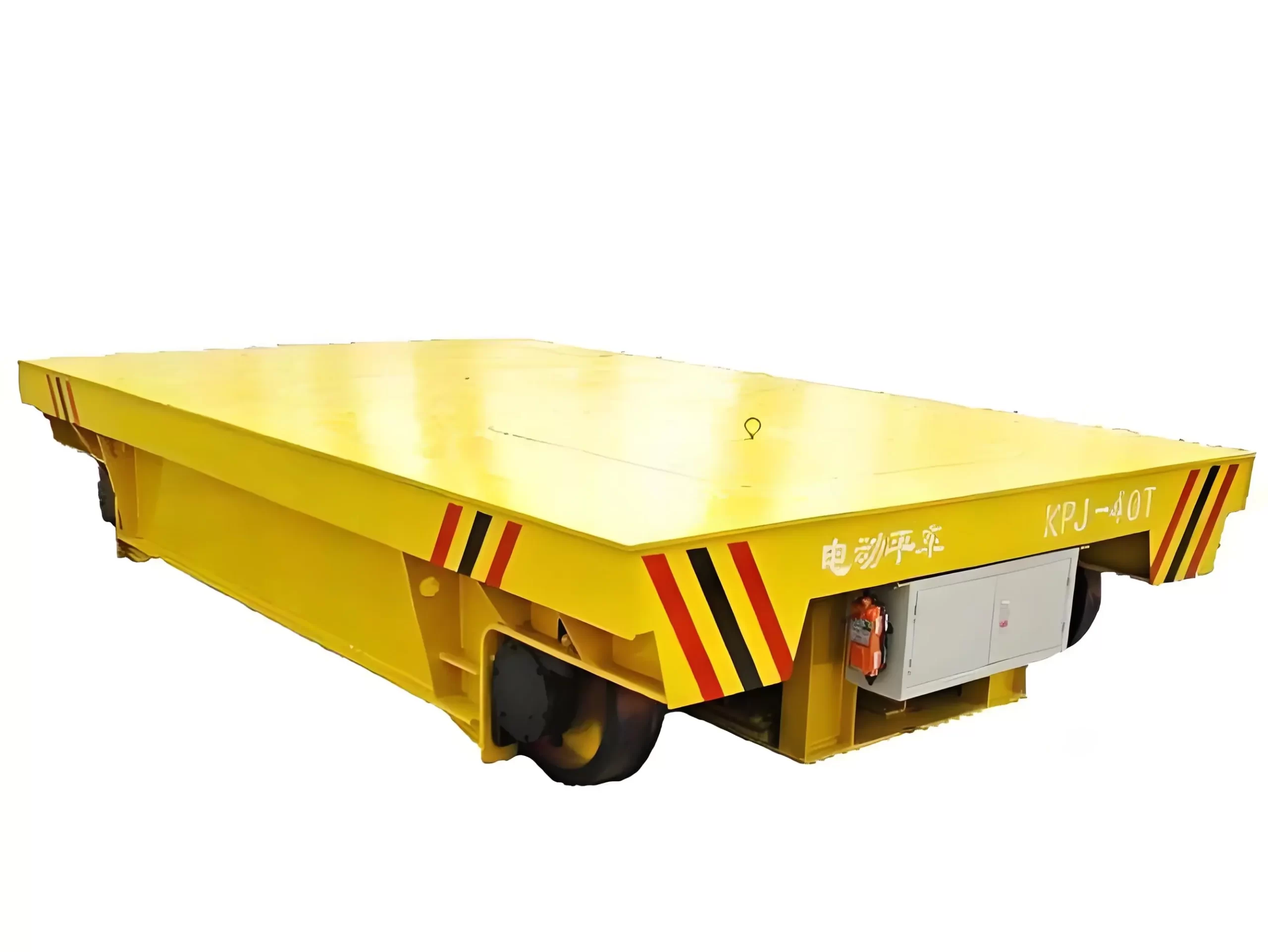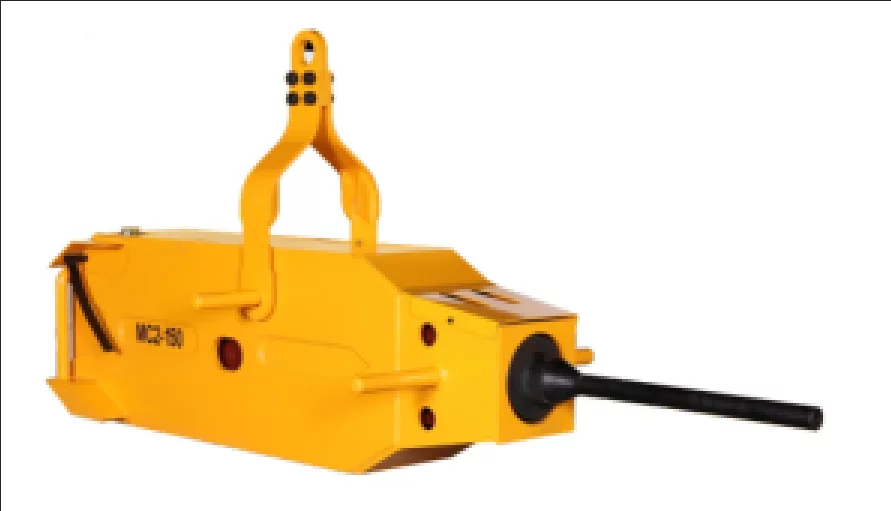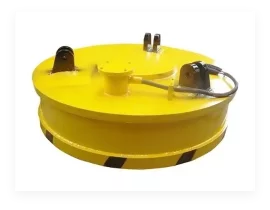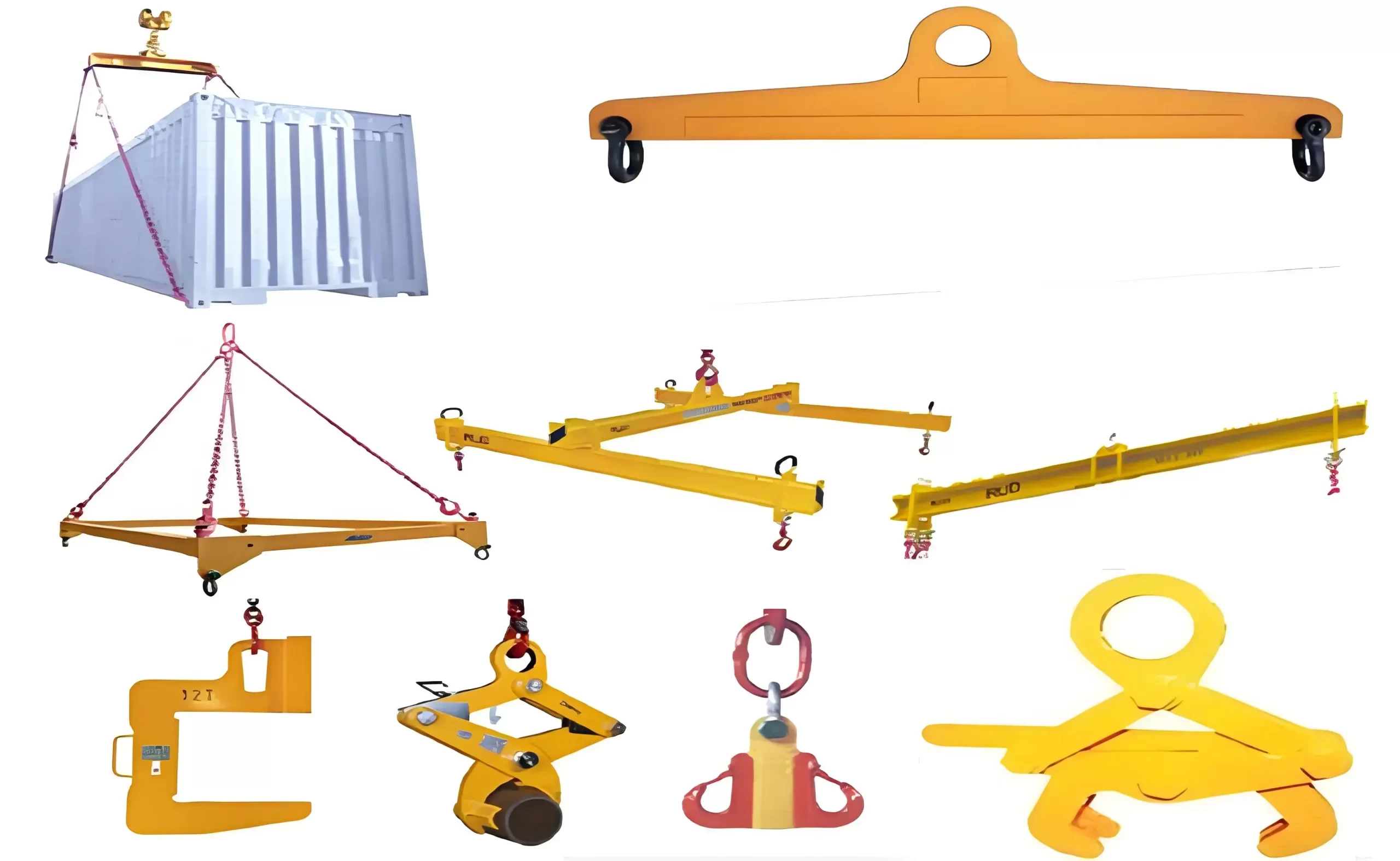La viga de la grúa es una estructura portante fundamental en una grúa, que soporta la carga de trabajo principal de la grúa. Existen distintos tipos de vigas diseñadas para distintos entornos operativos y requisitos de carga. A continuación, proporcionaré un análisis más detallado de cada tipo común de viga, incluidas las características estructurales, las ventajas, las desventajas y los escenarios de aplicación.
Grúa monorraíl
Características estructurales:
- El grúa monoviga Tiene un diseño simple con una sola viga principal que soporta todo el peso y la carga de la grúa.
- La viga principal generalmente está hecha de acero y soldada a una estructura de viga I o viga T, lo que ofrece una buena capacidad de carga.
- La estructura es relativamente ligera, lo que la hace adecuada para aplicaciones con cargas más pequeñas.
Ventajas y desventajas:
- Ventajas:Estructura simple, fácil de instalar, de bajo costo y adecuada para tramos cortos y cargas ligeras.
- Desventajas:Capacidad de carga limitada, alcance y altura de elevación más pequeños, incapaz de manejar tareas de elevación pesadas o de gran alcance.
Escenarios de aplicación:
- Son adecuadas para pequeñas fábricas, talleres, almacenes, etc., especialmente en entornos que requieren luces cortas y cargas ligeras. Las grúas monorraíl son una opción habitual en estos entornos.
Grúa de doble viga
Características estructurales:
- El grúa de dos vigas tiene dos vigas principales paralelas, normalmente vigas en I o vigas cajón, conectadas a través de vigas transversales y otros componentes de la grúa.
- Esta estructura es relativamente compleja pero ofrece mayor estabilidad y capacidad de carga, lo que la hace adecuada para tareas que requieran mayor capacidad de carga.
Ventajas y desventajas:
- Ventajas:Gran capacidad de carga, capaz de soportar cargas más pesadas y adecuado para aplicaciones de gran envergadura. El diseño de doble viga es más estable que el de una sola viga, lo que permite mayores alturas de elevación.
- Desventajas:Estructura más compleja, mayor coste y más difícil de fabricar y mantener.
Escenarios de aplicación:
- Adecuado para fábricas de servicio pesado, plantas de acero, astilleros, grandes almacenes y puertos. Se utiliza comúnmente para tareas de elevación de cargas más pesadas o de gran envergadura (>20 metros).
Grúa de viga suspendida
Características estructurales:
- La grúa de viga suspendida está diseñada con su viga principal suspendida sobre la vía, levantando objetos a través de un sistema de poleas o dispositivo de elevación.
- Este tipo de grúa tiene una viga principal suspendida, lo que ofrece una gran capacidad de carga.
Ventajas y desventajas:
- Ventajas:Adecuado para aplicaciones de gran envergadura, no ocupa espacio en el suelo, puede soportar cargas pesadas y ofrece un funcionamiento flexible.
- Desventajas:Diseño e instalación complejos, mayor costo y requiere tecnología avanzada y medidas de seguridad.
Escenarios de aplicación:
- Ampliamente utilizado en puertos, plantas de fabricación de aeronaves, estaciones de tren y otros lugares que requieren grandes luces y elevación flexible.
Grúa de viga equilibrada
Características estructurales:
- El diseño de la viga equilibrada se basa en la simetría, lo que garantiza una distribución uniforme de la carga en ambos lados de la viga principal mediante contrapesos y un diseño estructural adecuados. Este diseño garantiza la estabilidad incluso cuando la carga está desequilibrada.
- Se utiliza comúnmente en equipos de elevación de gran tamaño y grúas de servicio pesado.
Ventajas y desventajas:
- Ventajas:Buen equilibrio de carga y estabilidad, ideal para manipular cargas complejas o asimétricas.
- Desventajas:Diseño y fabricación más complejos, mayor coste.
Escenarios de aplicación:
- Se utiliza en grandes fábricas, puertos, sitios de construcción y otros lugares que requieren un control de carga preciso y alta estabilidad.
Grúa de viga móvil
Características estructurales:
- La viga móvil puede moverse libremente a lo largo de una pista, lo que la hace adecuada para aplicaciones que requieren un ajuste frecuente de la posición de la grúa.
- Su diseño flexible permite la reconfiguración del espacio en función de las necesidades reales, normalmente impulsada por un sistema de accionamiento para mover la viga.
Ventajas y desventajas:
- Ventajas:Alta flexibilidad, puede ajustar la posición de la viga según sea necesario, adecuado para elevación de múltiples puntos y operaciones a gran escala.
- Desventajas:Estructura más compleja, requiere un sistema de energía para impulsar el movimiento y un costo mayor.
Escenarios de aplicación:
- Adecuado para lugares donde la posición de la grúa necesita ajustes frecuentes, como sitios de construcción, centros logísticos de transporte, etc.
Grúa de viga aérea
Características estructurales:
- La viga principal de la grúa aérea se instala por encima del taller o la fábrica, con la pista de la grúa suspendida en el aire, ahorrando así espacio en el suelo.
- Este diseño permite más espacio para el almacenamiento de materiales y operaciones.
Ventajas y desventajas:
- Ventajas: Ahorra espacio en el suelo, ideal para entornos que requieren superficies de terreno limpias y abiertas, y grandes luces.
- Desventajas:Estructura más compleja, requiere un sistema de soporte de alta resistencia.
Escenarios de aplicación:
- Son adecuadas para grandes fábricas, almacenes, líneas de producción, centros logísticos, etc., especialmente en entornos donde el espacio es limitado. Las grúas puente son una gran solución en estos entornos.
Cómo elegir el tipo de viga de grúa adecuado
Al seleccionar una tipo viga grúaSe deben tener en cuenta múltiples factores, como los requisitos de carga, la distancia entre ejes, el entorno operativo y el presupuesto. Cada tipo de viga de grúa tiene su diseño y ventajas únicos, y elegir el tipo correcto en función de las necesidades específicas puede mejorar significativamente el rendimiento y la seguridad de la grúa.


